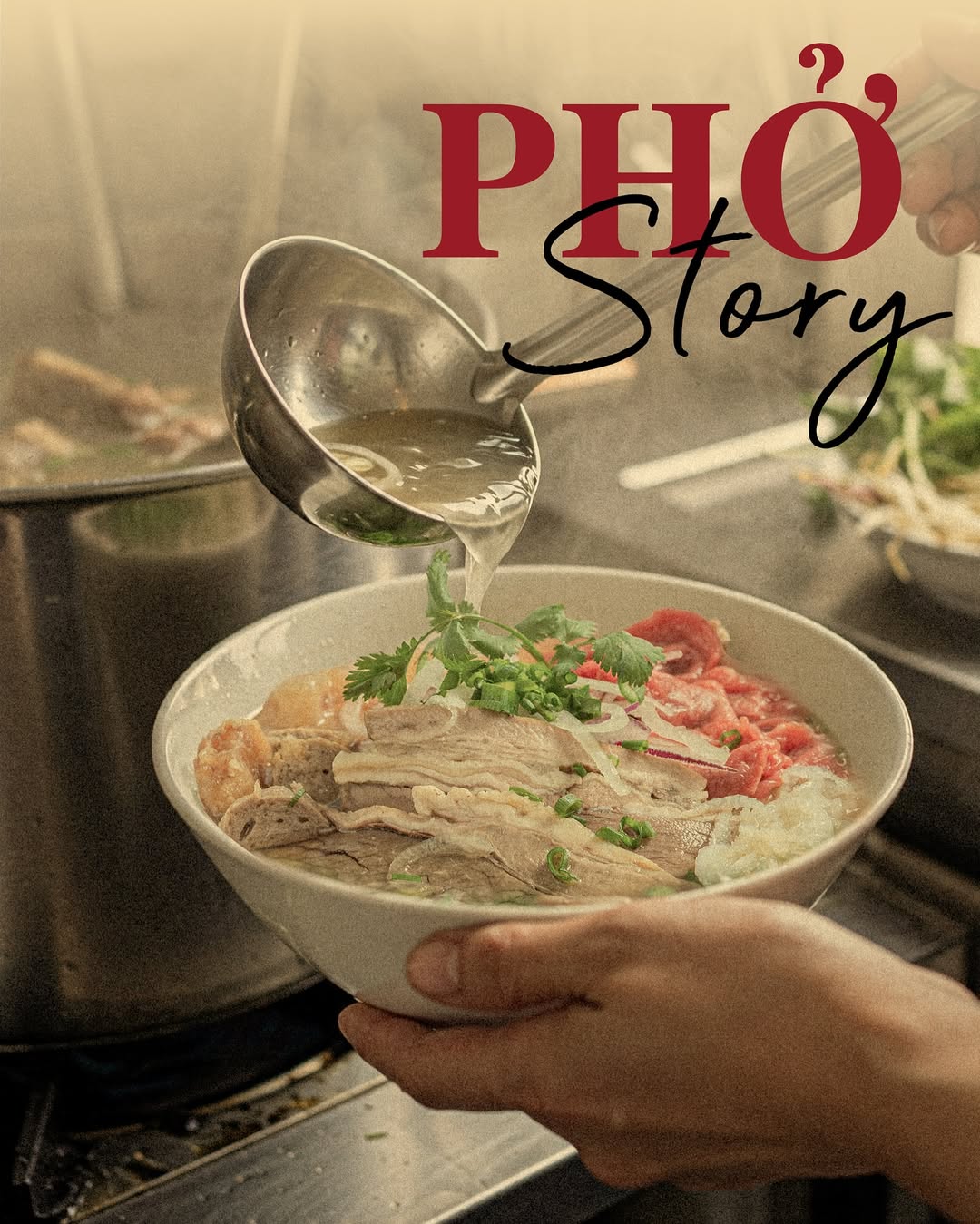What's On
𝑷𝒉𝒐 𝒊𝒔 𝒎𝒐𝒓𝒆 𝒕𝒉𝒂𝒏 𝒋𝒖𝒔𝒕 𝒂 𝒃𝒆𝒍𝒐𝒗𝒆𝒅 𝒅𝒊𝒔𝒉 𝒊𝒏 𝑽𝒊𝒆𝒕𝒏𝒂𝒎
15 October 2025

𝑷𝒉𝒐 𝒊𝒔 𝒎𝒐𝒓𝒆 𝒕𝒉𝒂𝒏 𝒋𝒖𝒔𝒕 𝒂 𝒃𝒆𝒍𝒐𝒗𝒆𝒅 𝒅𝒊𝒔𝒉 𝒊𝒏 𝑽𝒊𝒆𝒕𝒏𝒂𝒎—it’s a cultural touchstone, woven into the fabric of daily life, family traditions, and national identity.
𝑷𝒉𝒐̛̉ 𝒊𝒔 𝒎𝒐𝒓𝒆 𝒕𝒉𝒂𝒏 𝒋𝒖𝒔𝒕 𝒂 𝒃𝒆𝒍𝒐𝒗𝒆𝒅 𝒅𝒊𝒔𝒉 𝒊𝒏 𝑽𝒊𝒆𝒕𝒏𝒂𝒎—it’s a cultural touchstone, woven into the fabric of daily life, family traditions, and national identity.
𝗣𝗵𝗼̛̉ 𝗮𝘀 𝗮 𝗦𝘆𝗺𝗯𝗼𝗹 𝗼𝗳 𝗩𝗶𝗲𝘁𝗻𝗮𝗺
When people think of Vietnamese cuisine, phở is often the first dish that comes to mind. Its rich broth, tender noodles, and fragrant herbs represent the balance and complexity of Vietnamese flavors. As one of the country’s most internationally recognized dishes, phở serves as a culinary ambassador, introducing Vietnam’s food culture to the world.
𝗔 𝗠𝗲𝗮𝗹 𝗧𝗵𝗮𝘁 𝗕𝗿𝗶𝗻𝗴𝘀 𝗣𝗲𝗼𝗽𝗹𝗲 𝗧𝗼𝗴𝗲𝘁𝗵𝗲𝗿
Phở is deeply tied to Vietnamese social and family customs. It’s a dish that people gather around, whether at a bustling street vendor in the morning or a quiet family meal at home. The act of sitting down to a steaming bowl of phở fosters conversation and connection, making it a staple for both everyday life and special occasions.
𝗣𝗵𝗼̛̉ 𝗮𝗻𝗱 𝗡𝗮𝘁𝗶𝗼𝗻𝗮𝗹 𝗥𝗲𝘀𝗶𝗹𝗶𝗲𝗻𝗰𝗲
Throughout Vietnam’s history, phở has evolved alongside the country. From its origins in the north to its adaptation in the south, each region’s take on phở reflects local influences and resources. During times of economic hardship, people found ways to modify the dish using available ingredients, demonstrating the resilience and ingenuity of Vietnamese cooks.
𝗣𝗵𝗼̛̉ 𝗶𝗻 𝗠𝗼𝗱𝗲𝗿𝗻 𝗩𝗶𝗲𝘁𝗻𝗮𝗺𝗲𝘀𝗲 𝗖𝘂𝗹𝘁𝘂𝗿𝗲
Today, phở continues to be a defining part of Vietnam’s culinary identity. While traditional beef and chicken versions remain popular, chefs and home cooks have experimented with new styles, incorporating different broths, toppings, and even vegetarian options. Whether eaten at a roadside stall in Hanoi or a high-end restaurant in Saigon, phở remains a comforting and cherished part of Vietnamese life.